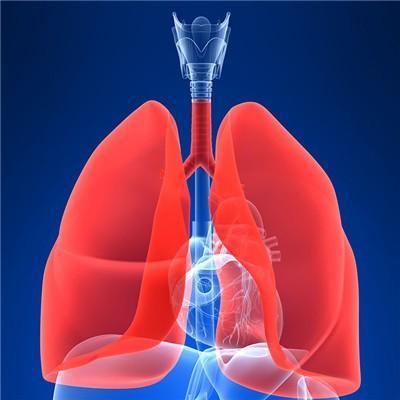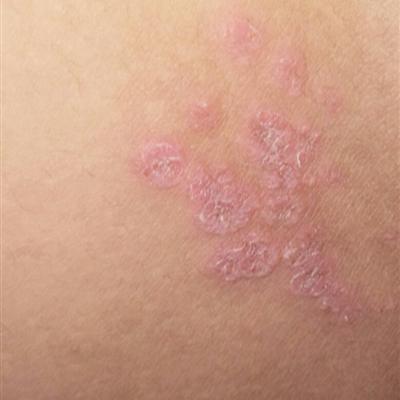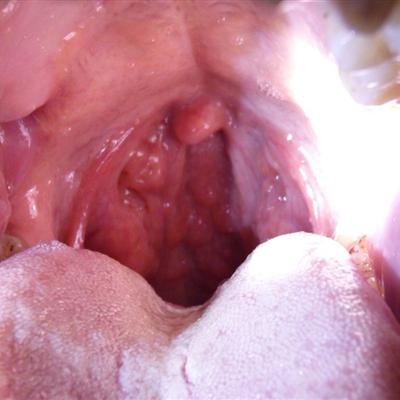Symptoms of traumatic cerebral hemorrhage in children?
summary
Intracerebral hemorrhage (ICH), also known as hemorrhagic cerebrovascular disease or hemorrhagic stroke, is caused by blood spilling into the cranial cavity due to cerebral vascular rupture. Ich can be divided into cerebral hemorrhage, subarachnoid hemorrhage and subdural hemorrhage. No matter what the cause of intracranial hemorrhage in children, the clinical manifestations are quite similar, but the prognosis depends on different causes, and whether the diagnosis and treatment is timely is also a key factor directly affecting the prognosis. Now let's talk about the symptoms of traumatic cerebral hemorrhage in children?
Symptoms of traumatic cerebral hemorrhage in children?
1. It refers to hemorrhage caused by rupture of blood vessels in cerebral parenchyma. Common in the cerebral hemisphere, infratentorial hemorrhage (cerebellum or brain stem) is rare. Before the onset of the disease, there may be trauma, hyperactivity and other incentives. The onset is acute, and the common manifestations are sudden headache, vomiting, hemiplegia, aphasia, convulsion, blurred vision or hemianopia, sensory disturbance, blood pressure, heart rate, respiratory changes, and disturbance of consciousness. Severe children generally have obvious changes in vital signs, and are easy to be accompanied by gastrointestinal bleeding, cardiopulmonary dysfunction, water and electrolyte disorders, especially severe cases can be accompanied by brain hernia death. The patients with hematoma breaking into subarachnoid space often have obvious meningeal irritation. Intraventricular hemorrhage is often manifested as deep coma, quadriplegia, early high fever, bilateral pupil narrowing, and tetanic attack.
2. Primary subarachnoid hemorrhage (SAH) refers to the rupture of blood vessels on the skull base or brain surface caused by non traumatic reasons, and a large amount of blood flows directly into the subarachnoid space; The secondary is due to cerebral hemorrhage, blood flow through the brain tissue and spread to the ventricle and subarachnoid space. It is more common in children over 6 years old because of aneurysm, arteriovenous malformation and other vascular abnormalities.
3. Infants are more common. They are usually divided into supratentorial and infratentorial types. The former is the most common type, which is mainly caused by the small pontine vein tearing and bleeding on the surface of the brain; The latter is mainly caused by tentorial tear. Most of the hematomas formed by subdural hemorrhage occurred at the top of the brain, mostly bilateral. Subdural hemorrhage located on the convex surface of the cerebral hemisphere, if the amount of bleeding is very small, there may be no obvious symptoms; If the amount of bleeding is large, there may be increased intracranial pressure, disturbance of consciousness, seizures or hemiplegia, strabismus and other local signs, or even secondary cerebral hernia leading to death. Subdural hematoma under the tentorium usually has more bleeding, and it often has symptoms of brain stem compression, such as coma, eye movement disorder, unequal pupil size, disappearance of light reflex, and dyspnea. The disease progresses very quickly, and most of them stop breathing within a few hours and die.
matters needing attention
Should be bed rest, keep quiet, reduce moving. If the patient needs to be moved due to special circumstances (emergency examination and surgical treatment, etc.), the head should be kept fixed. For comatose children, they should be placed in lateral position to keep their respiratory tract unobstructed. In case of high heat, the temperature should be lowered in time. If headache, irritability, can give appropriate sedative. Pay attention to keep water electrolyte acid-base balance and sufficient heat supply. We should pay attention to correct hypotension and raise the blood pressure to an appropriate level for neonatal periventricular intraventricular hemorrhage.









